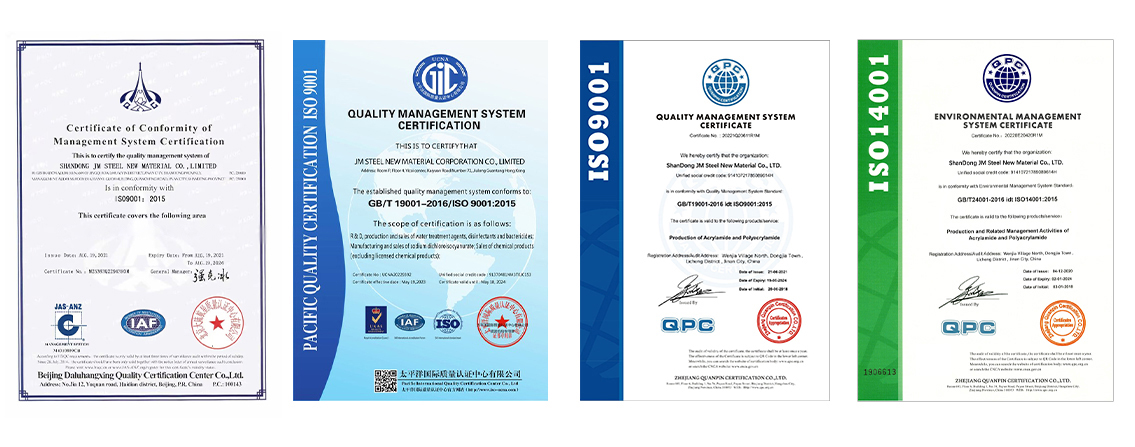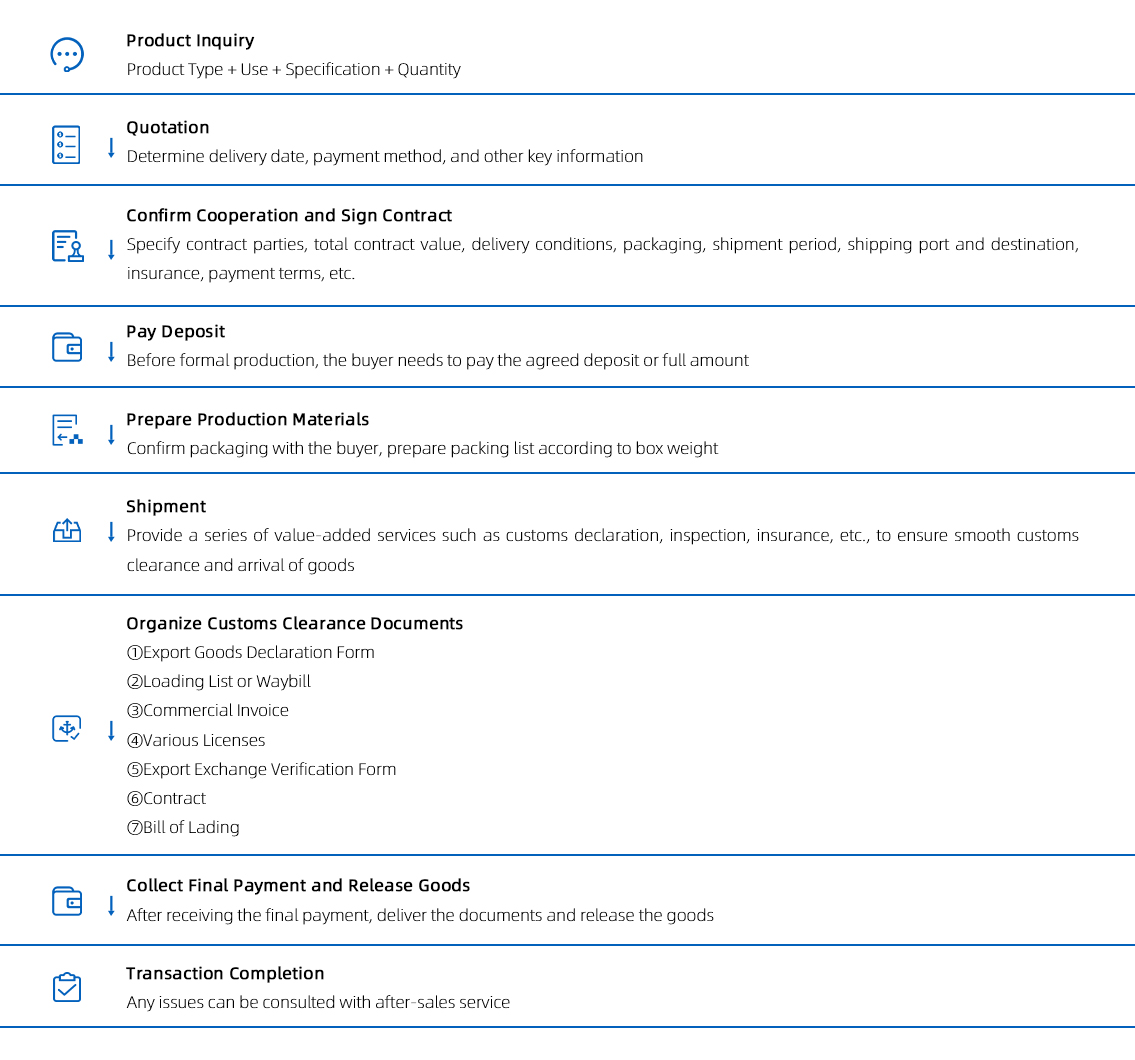Dry strength agent, also known as thickener, bridging agent, leveling agent, etc., is an important polymer compound mainly used to increase the strength of paper. Dry strength agents are widely used in the papermaking industry.
Its main characteristics are that it can increase the viscosity of the slurry, worsen its fluidity, and reduce its surface tension. Many water-soluble polymers that can form hydrogen bonds with fibers can be used as dry strength agents.
Email address:info@jinmaicn.com Telephone:+86-531-68961020
Dry strength agent, also known as thickener, bridging agent, leveling agent, etc., is an important polymer compound mainly used to increase the strength of paper. Dry strength agents are widely used in the papermaking industry.
Its main characteristics are that it can increase the viscosity of the slurry, worsen its fluidity, and reduce its surface tension. Many water-soluble polymers that can form hydrogen bonds with fibers can be used as dry strength agents.
| Main Ingredients |
Polyacrylamide; amphoteric polyacrylamide; starch and its modifications;
surfactant; buffer |
| Appearance | White to light yellow powder or granules |
| Solubility | Easily soluble in cold and hot water |
| PH Value | 7.0-9.0 |
| Solid Content | 95% |
| Enhancement | Significantly increase the dry strength of paper and improve the physical properties of paper |
| Application Areas | Paper industry, building materials, textile chemical industry, medicine and health and other fields |
|
Instructions
|
Add to the slurry according to the recommended amount and method in the product manual, stir evenly before use |
Dry strength agents are widely used in the paper industry, and according to the different uses of paper, different types and amounts of dry strength agents can be added in the production process to achieve the target performance.
(1) Printing and writing paper: Improve the tensile strength and surface strength of the paper to adapt to high-speed printing.
(2) Packaging paper and cardboard: enhance the compressive strength and folding durability of paper to ensure the stability and protection of packaging.
(3) Special paper (such as filter paper, industrial paper, etc.) : Adjust the use of dry strength agents according to specific needs to meet special strength or performance requirements.


(1) Ensuring Safety:
The packaging materials we choose that can withstand various physical and chemical challenges encountered during long-distance transportation, including drops, pressure, and changes in temperature and humidity. For hazardous chemicals that are flammable, explosive, toxic, or corrosive, special safety packaging will be used to ensure compliance with the United Nations “Recommendations on the Transport of Dangerous Goods: Model Regulations” (also known as the UN regulations).
(2) Leakage Protection:
Our packaging will include enhanced measures to prevent leakage, especially for liquids or chemicals that can produce harmful vapors. This will be achieved through the use of double-layer packaging or special sealing techniques to provide additional safety assurance.
(3) Clear Label Information:
We will ensure that correct labeling information is clearly marked on the packaging, including product name, hazardous material identification, batch number, manufacturer information, etc. Hazardous materials will be labeled with the appropriate hazard labels and UN numbers in accordance with international regulations such as the IMDG Code (International Maritime Dangerous Goods Code) or ICAO TI (International Civil Aviation Organization Technical Instructions).
(4)Environmental Protection Factors:
Our packaging will take environmental impact into consideration. We will use recyclable or biodegradable materials as much as possible, avoid excessive packaging, reduce waste and costs, and adhere to the principles of sustainable development.
(1) We will ensure the transportation vehicles and related equipment are in perfect condition and meet all safety standards and regulatory requirements.
(2) We will ensure that the speed, route, and driving safety during transportation comply with traffic regulations and customer requirements, avoiding illegal and dangerous driving.
(3) We will ensure that the storage, loading, unloading, cleaning, maintenance, and repair of chemicals during transportation comply with safety regulations and requirements, maximizing the safety and stability of the chemicals.
(4) We will ensure that professional and skilled staff coordinate, operate, and manage the delivery and distribution processes, with effective emergency response and handling measures in place.
(5) We will monitor and track the entire transportation process through tracking records, video surveillance, and ensure timely response and handling of related incidents.
(6) We will adhere to relevant laws and regulations, strictly managing and controlling the transportation of chemicals to ensure their safety.
(1) We will provide timely transportation and delivery according to customer needs, ensuring prompt fulfillment of customer delivery requirements.
(2) We will adhere to transportation schedules, achieving precise delivery, improving delivery efficiency, and offering comprehensive delivery services.
(3) We will establish a complete customer service system, equipped with a professional chemical management team, to ensure delivery times and promptly deal with customer complaints, inquiries, and other issues.